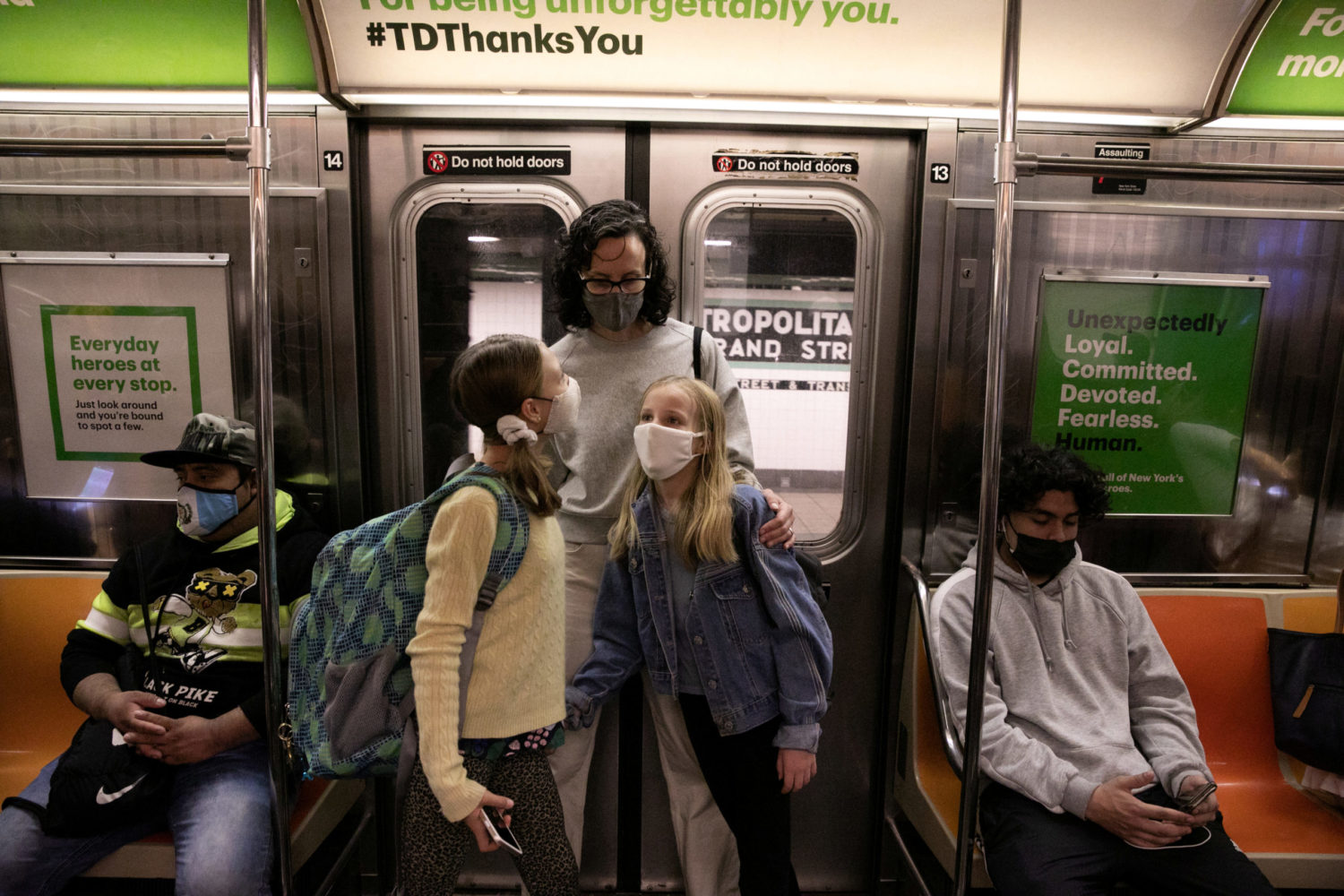
(Reuters) – The U.S. presidential election will be decided in seven states where votes are still being counted that could swing the outcome to either Republican President Donald Trump or his challenger Joe Biden.
Biden held a lead in four of the states that together award 43 Electoral College votes, which could just allow the Democrat to reach the 270 votes he would need to win, while Trump led in three that hold 51 Electoral College votes, which would push his total to 265.
Here’s a state-by-state look:
ARIZONA
Electoral votes: 11
Rating: Leaned Democratic ahead of the vote
Vote counting: This one appears to be in the Biden column, but only two of the six news organizations that Reuters is following have called Arizona for Biden, and Edison Research has not yet done so. All absentee ballots had to arrive by the close of polls on Election Day. Ballots could be scanned and tabulated starting 14 days before Tuesday.
GEORGIA
Electoral votes: 16
Rating: Leaned Republican ahead of the vote
Vote counting: No organization had yet to call the presidential contest. Trump has a lead but Biden could make up ground in the uncounted votes around Atlanta. Absentee ballots had to be received by clerks by the close of polls on Election Day. Ballots could be opened and scanned on receipt, but they could not be tallied until after the polls closed on Tuesday. Officials in Fulton County, home to Atlanta and a tenth of all Georgians, warned on Tuesday that its vote count would not be finalized until Wednesday.
PENNSYLVANIA
Electoral votes: 20
Rating: Leaned Democratic ahead of the vote
Vote counting: No organization had yet to call the presidential contest in Pennsylvania. Trump appeared to have a substantial lead but many of the outstanding mail-in ballots yet to be counted were from strongly Democratic areas. Absentee ballot counting began at 7 a.m. on Election Day. Last week, the U.S. Supreme Court let stand a ruling by Pennsylvania’s top court that officials in the state could accept mail-in ballots three days after Tuesday’s election, so long as they were postmarked by Election Day.
WISCONSIN
Electoral votes: 10
Rating: Leaned Democratic ahead of the vote
Vote counting: Two of the six news organizations that Reuters is following have called Wisconsin for Biden, and a third has called Biden the apparent winner, pending a potential recount. Edison Research has not yet called the race. Biden held a thin lead within the margin that would allow the Trump campaign to call for a recount. The state’s election officials could not count mail-in ballots that arrive after Election Day, the U.S. Supreme Court ruled on Oct. 26. Ballots could not be counted until polls opened on Tuesday.
MICHIGAN
Electoral votes: 16
Rating: Leaned Democratic ahead of the vote
Vote counting: No organization has yet to call a winner in the presidential contest in Michigan, though Biden held a small lead. Absentee ballots had to arrive at clerks’ offices by the close of polls on Election Day. Some densely populated jurisdictions in the state, such as Detroit, began sorting absentee ballots on Monday, but the vast majority did not. Clerks could begin scanning and counting absentee ballots at 7 a.m. on Tuesday. Michigan Secretary of State Jocelyn Benson said on Wednesday the state would have a clearer picture by the end of the day.
NORTH CAROLINA
Electoral votes: 15
Rating: Leaned Republican ahead of the vote
Vote counting: No organization has yet called a winner in the presidential election, though Trump held a lead. Edison and three news organizations have called the governor’s race for incumbent Roy Cooper, a Democrat.
North Carolina absentee ballots could be scanned weeks in advance, but results could not be tallied before Election Day. In a defeat for Trump, the U.S. Supreme Court declined last week to block the state’s plan to tally ballots that are postmarked by Tuesday and arrive by Nov. 12.
NEVADA
Electoral votes: 6
Rating: Leaned Democratic ahead of the vote
Vote counting: No organization has yet to determine a winner in the presidential election. Biden held a razor-thin lead but final results could be delayed until later in the week. Absentee ballots could be processed upon receipt starting 14 days before the election, but results are not released until election night. Mail-in ballots postmarked by Tuesday will be counted so long as they arrive within seven days after the election.
(Reporting by Michael Martina and Julia Harte, Rich McKay, Brendan O’Brien, Jarrett Renshaw and Daniel Trotta; Editing by Scott Malone and Angus MacSwan)











